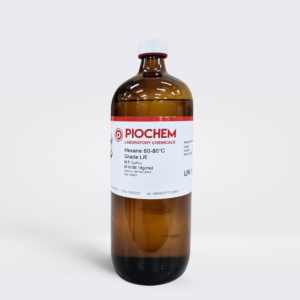Benzidine is a synthetic aromatic hydrocarbon with the formula C12H12N2. It is a white or reddish-gray crystalline solid that is slightly soluble in water. Inaddition, it is a member of a large class of carcinogens referred to as aromatic amines. The carcinogenic nature of benzidine was discovered in the context of bladder cancer induction in workers in the dye industry.
It is used as an intermediate in the production of azo dyes, sulfur dyes, fast color salts, naphthol, and other dye compounds, including those used in textiles, paper, and leather. It is also used in the manufacture of rubber, plastics, and pharmaceuticals. However, due to its carcinogenic properties, benzidine is no longer used in the United States.
Here are some of the properties:
- Molecular formula: C12H12N2
- Molecular weight: 184.21 g/mol
- Synonym: 4,4′-Diaminobiphenyl
- Appearance: White or reddish-gray crystalline solid
- Solubility: Slightly soluble in water, more soluble in hot water, and readily soluble in less-polar solvents such as diethyl ether and ethanol
- Odor: Strong, unpleasant odor
- Safety hazards: Carcinogenic, mutagenic, and toxic to the kidneys and liver
Exposure to benzidine can occur through inhalation, ingestion, or skin contact. Symptoms of exposure may include headache, dizziness, nausea, vomiting, diarrhea, and jaundice. Long-term of exposure can increase the risk of developing bladder cancer.
It is metabolized to highly toxic, reactive metabolites, such as N-hydroxyarylamides and N-hydroxyarylamines, which act as procarcinogens and are more mutagenic than parent compounds. Thus, the metabolites act as DNA adducts and bind to cell receptors.





Reviews
There are no reviews yet.